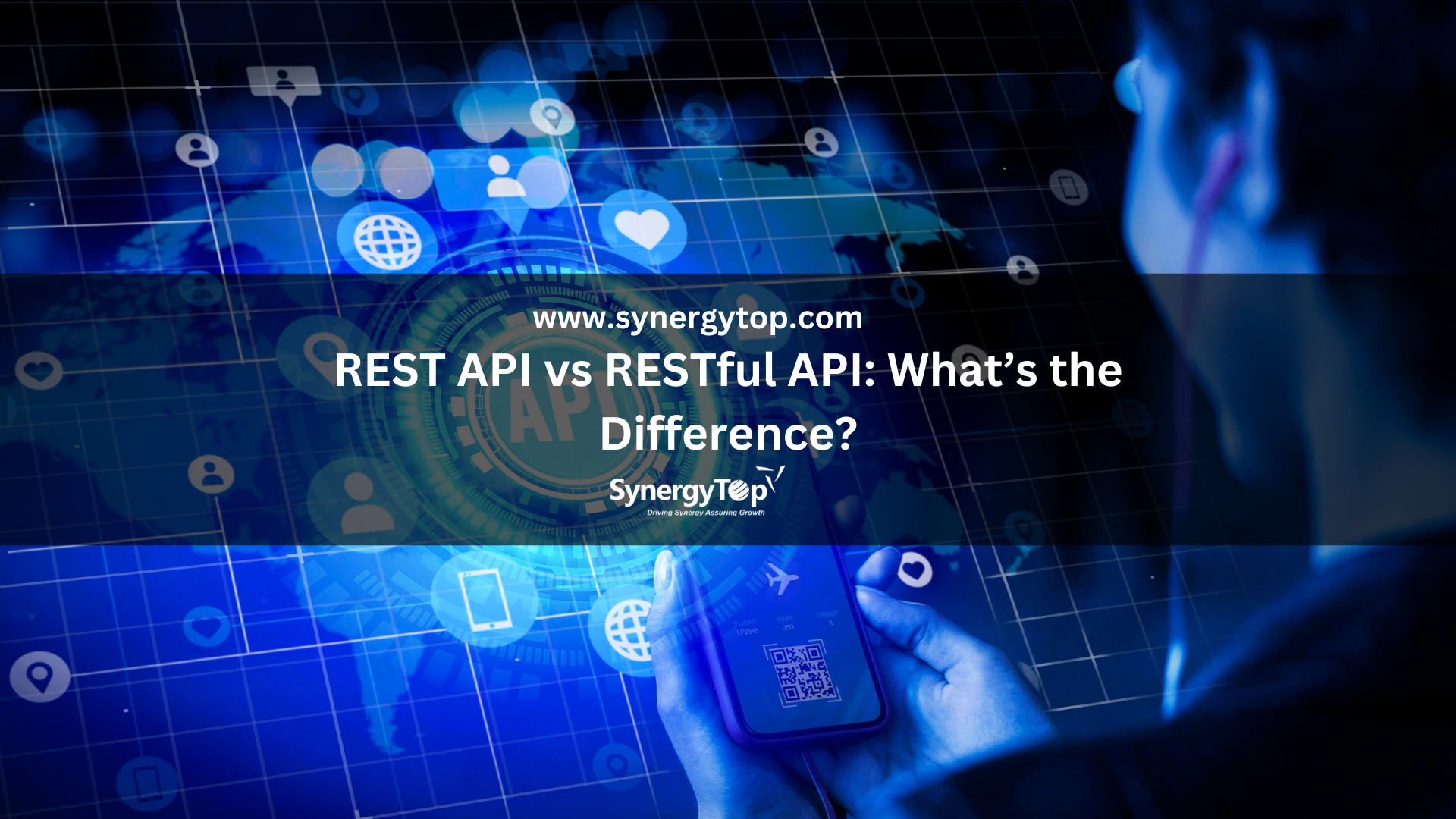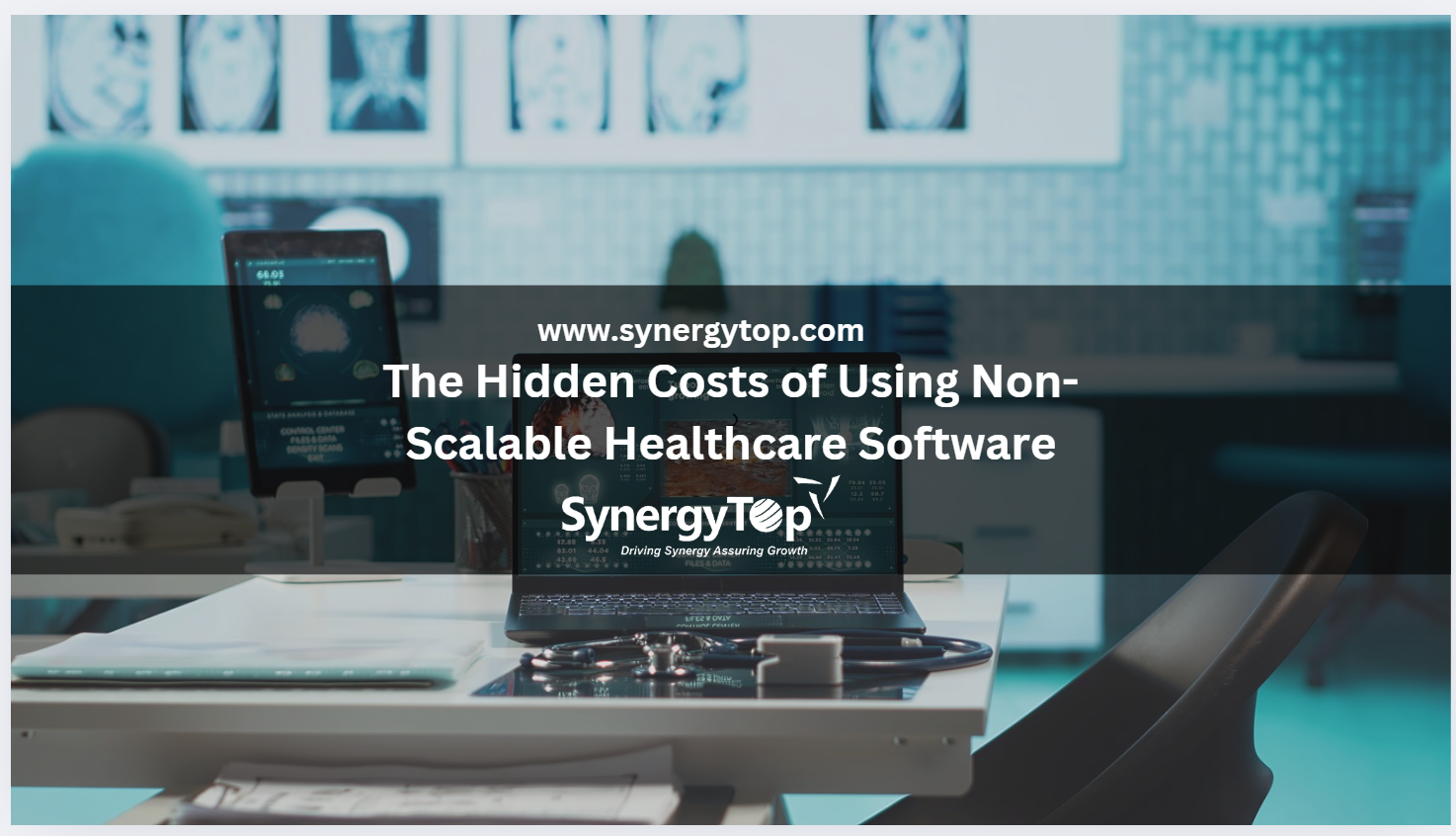Summary: A software development agreement (SDA) is a roadmap for your project that avoids confusion. It outlines what gets built, how long it takes, and who owns it. It protects both software developers and clients from legal hassles.
In this blog, discover how a clear software development agreement ensures successful development.
***
- Imagine getting an additional bill for debugging after your software is developed. While you believe debugging is a part of development, the development team disagrees.
- Imagine that your software doesn’t follow PCI DSS guidelines. You want the software development team to bear the fines and legal penalties for this. The team, however, denies any liability.
- Imagine finding out that you don’t own the rights to your custom software. The idea and the plan are all yours. But the software developers own the rights to it.
All these situations are common if you do not have a software development agreement in place.
What is a software development agreement?
Why is a software development contract important for a software development partnership?
What are the perils of not having a software development partnership agreement?
What are the types of software development partnership agreements?
What are the key elements to be included in a software development agreement?
Find answers to all these questions in our blog below. Plus, also find the software development partnership agreement best practices to follow.
What is a software development agreement?
Today, software development partnerships are important for any business. These partnerships offer unprecedented advantages and an edge in the competitive market.
Additional Read: Cost of hiring a software developer in India.
However, issues often arise in these software development partnerships. Each party is acting in their own best interest, which results in conflicts. These conflicts sometimes may also translate into legal matters.
That’s where a software development agreement (SDA) comes in.

A software development agreement is a written contract between the parties involved in the project.
It’s like a detailed roadmap for the project. It outlines:
- What the software will do,
- How much it will cost to build,
- How long it will take to develop the software,
- Who owns the right to the finished software, and
- How disagreements will be handled.
Simply speaking, a software development partnership agreement keeps everyone on the same page. It avoids confusion later on and makes the project run smoother. That’s less headache for both sides.
Why is a software development agreement important?
A software development partnership agreement establishes clarity in the terms of software development. It provides protection for both parties involved in the development process.
Let’s see some of the top reasons why it is important to have an SDA for a software development partnership.
-
A clear scope of work
A software development agreement defines the complete scope of work. It includes the tasks, deliverables, and timelines expected from the developer.
-
Roles and Responsibilities
The responsibilities of both parties are outlined in the software development agreement. This ensures accountability throughout the project.
-
Intellectual Property Rights
To prevent ownership disputes, a software development contract specifies who owns the IP rights to the software.
-
Payment Terms
A software development partnership agreement also includes payment terms. This includes milestones and payment schedules, ensuring fair compensation.
-
Confidentiality
To protect sensitive information shared during development, the software development contract has a confidentiality clause. This helps maintain the confidentiality of proprietary data.
-
Risk Management
When there are potential risks and liabilities associated with the project, they can be mitigated via a software development contract.
-
Dispute Resolution
A software development contract highlights methods of conflict resolution. This minimizes legal complexities and costs. -
Quality Standards
The software development agreement defines the quality standards and acceptance criteria for the software. This ensures that the final product meets the client’s expectations.
-
Termination Conditions
Having an exit strategy is important for both software developers and clients. A software development contract specifies conditions under which either can terminate the agreement. -
Legal Compliance
Ensuring compliance with relevant laws and regulations governing software development avoids legal issues. These details can also be added to the software development contract.
All these factors prove how a software development contract is vital for clients and developers. It fosters a transparent and mutually beneficial relationship throughout the software development process.
Types of software development contracts
There are no rigid types of software development partnership contracts. However, the core structure often revolves around how the project is financed. Here are 4 common approaches to consider when crafting your software development contract:
-
Fixed Price Contract
 This is the most straightforward type of software development contract. You pay the developer a pre-determined, fixed fee for the entire project. This is ideal for projects with a clearly defined scope and minimal risk of changes. The benefit is predictability in cost. However, keep in mind that the developer might be less flexible if challenges arise.
This is the most straightforward type of software development contract. You pay the developer a pre-determined, fixed fee for the entire project. This is ideal for projects with a clearly defined scope and minimal risk of changes. The benefit is predictability in cost. However, keep in mind that the developer might be less flexible if challenges arise.
-
Time and Material (T&M) Contract
 Here, you essentially pay for the developer’s time and resources used. You’re billed hourly or by pre-defined milestones completed. This approach offers greater flexibility. Especially for projects with evolving requirements or uncertain final features. However, the cost can fluctuate depending on the development time needed.
Here, you essentially pay for the developer’s time and resources used. You’re billed hourly or by pre-defined milestones completed. This approach offers greater flexibility. Especially for projects with evolving requirements or uncertain final features. However, the cost can fluctuate depending on the development time needed.
-
Dedicated Team Contract

This model provides a dedicated team of developers who work exclusively for you. You typically pay a fixed monthly fee for the team’s combined efforts. This approach offers close collaboration and potentially faster development. This is because the team is fully focused on your project. However, the cost might be higher compared to other models.
-
Hybrid Contract
This type of software development contract combines the fixed price and T&M models. For instance, a portion of the project might have a fixed cost for core functionalities. Additional features, however, are billed on a time and material basis. This approach offers some cost predictability while allowing flexibility for unforeseen requirements.
You can learn more about these popular types of software contracts and other options as well here.
Remember, the best type of software development agreement would depend on your needs. You can discuss the potential options for your software development partnership with the developers and select the most suitable option.
Key components of a software development partnership contract
Any software development partnership contract should have the following key elements.

1. Scope & Deliverables
This defines the “what” of your project. Here’s where you detail the software’s features, functionalities, and expected outcomes.
Remember: Be specific!
List the deliverables, including the final software product, documentation, and source code.
2. Timeline & Milestones
Deadlines keep projects on track. Good software development contracts establish a realistic timeline for completion. Plus, they have clearly defined milestones marking progress stages.
This allows both parties to:
- Track progress,
- Manage expectations, and
- Proactively address potential delays.
3. Development Process & Methodology
Different development approaches exist (e.g., Agile, Waterfall). The chosen method impacts communication and project flow.
Make sure you outline the chosen methodology in the software development partnership agreement. This helps both parties understand how decisions are made and progress is reported.
4. Fees & Payment Schedule
Now, let’s talk money. The software development agreement should specify the developer’s compensation structure.
Will it be a fixed fee, hourly rate, or milestone-based payment?
Be clear on the payment terms and schedule for each installment.
5. Intellectual Property Rights (IPR) & Ownership
Who owns the finished product? The software development agreement clearly answers this question. The software development contract defines ownership of the software’s IPR and source code. Will the client own everything, or will the developer retain some rights? Discuss different ownership models and agree on clear terms from the outset.
6. Acceptance Testing & Warranties
Before handing over the final payment, you need to ensure the software works as intended. But the software developers also want to make sure that you don’t give unwanted revisions. Or worse, not accept the final version even if it is as per agreed terms.
The software development agreement should thus, outline the acceptance testing process. In this process, you mention the process to verify that the software is as per requirements.
Additionally, the agreement might define any warranties offered by the developer. This is in reference to the software functionality for a specific period.
7. Confidentiality & Non-Disclosure Agreements (NDAs):
Sensitive information is often exchanged during a project. The SDA emphasizes the importance of confidentiality and details how client data is protected. Non-Disclosure Agreements (NDAs) might be included to ensure sensitive information remains confidential. You can also use free templates available online by visiting this link here.
8. Termination Clause
Life throws curveballs, and projects sometimes need to be terminated. The SDA defines scenarios where either party can terminate the agreement. These situations could be a breach of contract project delays or something else.
This includes outlining the process for termination and any associated financial consequences.
9. Dispute Resolution
Disagreements can arise during any project. The software development partnership contract outlines the chosen method for resolving such disputes. The methods could be negotiation, mediation, or arbitration.
This ensures a fair and efficient process for finding solutions.
Suggested Read: Custom vs. Off-the-shelf Software: Which is better for your business?
Negotiating a fair software development agreement: Your Voice Matters
Both clients and developers have a stake in the software development contract. Here are some tips to ensure a fair agreement for both parties.
For Clients:
- Be clear and specific about the desired software features and functionalities.
- Negotiate the ownership of intellectual property rights and source code according to your needs.
- Choose a dispute resolution method that is efficient and cost-effective for you.
For Developers:
- Emphasize realistic timelines and milestones to avoid scope creep.
- Define your compensation structure clearly, including payment terms and due dates.
- Outline warranties offered and limitations on your liability for software defects.
A well-defined Software Development Agreement is the foundation for a successful software project. It fosters trust, clarifies expectations, and protects both developers and clients.
At SynergyTop, we understand this very well. That is why, every time we engage with a client, we ensure that we have a software development agreement in place. Whether it is a big-budget custom development or small integration requirements, SDAs are key for us.
Have an idea in mind? Let’s discuss it in a quick consultation session today!
















